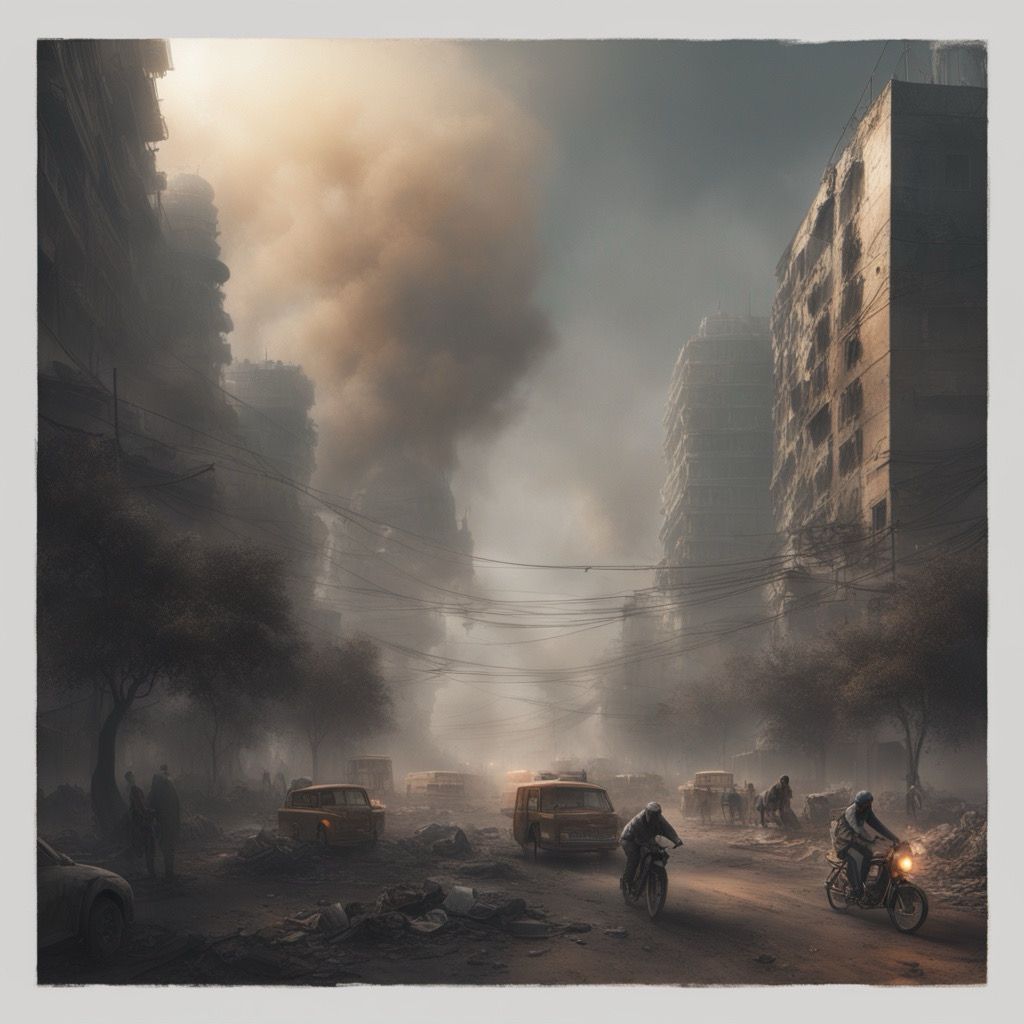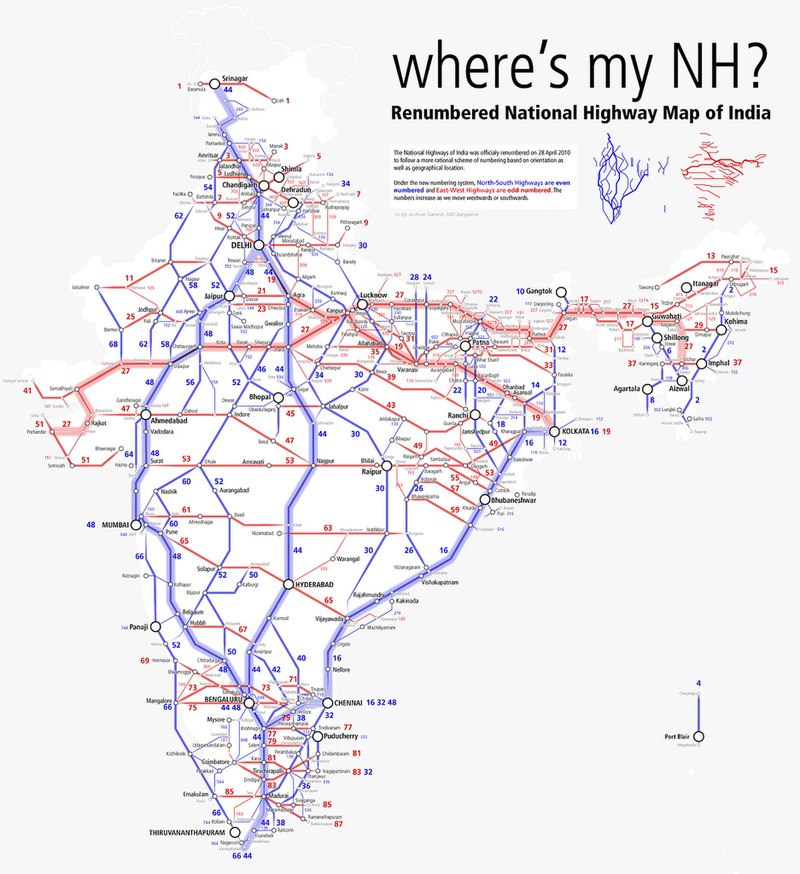Published: 6 months ago

Environment
World Affairs
Summary
In 2023, a Swiss-based air-quality monitoring group revealed that Delhi was the most polluted capital city in the world, with India ranking as the third-most polluted country overall. The country's air quality had significantly worsened since the previous year, primarily due to rapid industrialization and weak enforcement of environmental laws.
Article
Hey there! Have you heard the latest news about Delhi? It turns out that in 2023, it was crowned as the most polluted capital city in the world by a Swiss-based air-quality monitoring group called IQAir. Not a title anyone wants to hold, right?
But that's not all - India, where Delhi is located, was also ranked as the third-most polluted country globally, trailing behind Bangladesh and Pakistan. Talk about a serious environmental crisis!
According to the report by IQAir, India's air quality has been steadily declining since 2022 when it was the eighth most polluted country. The main culprits behind this alarming trend? Rapid industrialization and lax enforcement of environmental regulations. Sounds like a deadly combination, doesn't it?
With an average PM2.5 reading far above safe levels, Delhi's air quality was particularly hazardous, especially during the winter months. The report also highlighted Beguserai and Guwahati as the two most polluted cities globally. Despite these alarming findings, only seven countries managed to meet the WHO's annual PM2.5 guideline, painting a bleak picture of the world's air quality crisis.
Industrial growth and poor regulation mean that factories in India often disregard pollution-control measures, adding to the toxic air. And let's not forget about the rapid construction boom in the country, which only adds fuel to the fire, or rather, to the pollution.
The report revealed that India's average level of PM2.5 - those tiny particles that can wreak havoc on your lungs - stood at a staggering 54.4 micrograms per cubic meter. To put things into perspective, air with values above 35 micrograms per cubic meter is considered unhealthy. Yikes!
Delhi, in particular, fared even worse with a PM2.5 reading of 92.7 micrograms per cubic meter. That's almost double the already alarming national average. No wonder the city's residents struggle with bad air quality throughout the year, especially during the winter months.
What makes the situation in Delhi even more dire is a combination of factors such as crop burning by farmers in neighboring states, industrial and vehicular emissions, low wind speeds, and the cherry on top - bursting of firecrackers during festivals. It's like a perfect storm of pollution!
In fact, last year the government had to take drastic measures like shutting down schools and colleges for several days in a row due to the toxic air. Imagine living in a city where breathing becomes a health hazard.
But Delhi is not alone in this environmental crisis. The northern city of Beguserai and the northeastern city of Guwahati were ranked as the two most polluted cities in the world. It's a tough competition that nobody wants to win.
On a global scale, only seven countries managed to meet the World Health Organization's annual PM2.5 guideline, which is an annual average of 5 micrograms per cubic meter or less. A stark reminder of just how serious the issue of air pollution is worldwide.
So, what's the takeaway from all this? Environmental conservation and stricter regulations are more critical now than ever before. We all need to do our part in reducing our carbon footprint and protecting our planet for future generations. Because nobody wants to live in a world where the air is so polluted that it's literally toxic to breathe.
No opinions exist on this article yet!
Be the first one to share an opinion on this article.
This article does not have any attachments.
No Access
Share access to start recording your opinion











